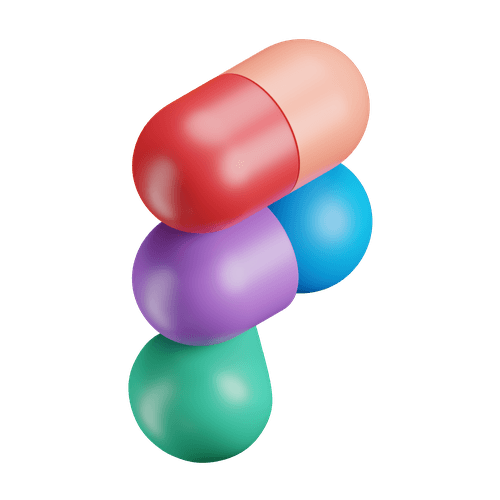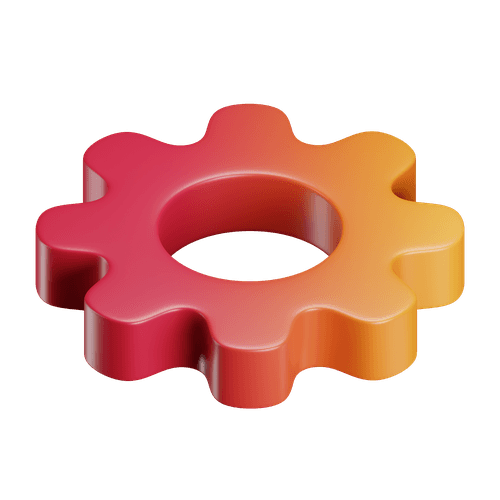Insights
Goldsmith's University of London
2023
Young people today need comprehensive sex education, but existing digital platforms fall short. In this project, I designed an engaging, age-appropriate platform that makes sexual health education accessible, inclusive, and interactive. The result? A solution that addresses real user needs while maintaining privacy and safety.
The Solution










The Challenge
Current sex education platforms are outdated and don't meet young people's needs. Many lack LGBTQ+ content, age-appropriate materials, and interactive features that make learning engaging.
Research showed that young people want accurate information but struggle to find trustworthy, comprehensive resources online. They need a platform that respects their privacy while providing personalized, inclusive education.

Goals
Drive engagement through interactive learning experiences that make sex education accessible and less intimidating.
Create inclusive content that serves diverse identities and orientations, filling gaps left by traditional education.
Build trust through expert-backed content and strong privacy protections that encourage honest exploration of topics.
Research & Discovery
I conducted user interviews and analysed existing platforms like Amaze, Bedsider, and Bish to understand the landscape. Through affinity mapping, I identified key pain points around content accessibility, privacy concerns, and the need for age-appropriate interactive features.
The competitive analysis revealed that most platforms focus on basic information delivery without considering user engagement or diverse learning preferences. This gap became our opportunity.

Key Insights
Comprehensive education matters. Users want LGBTQ+ inclusive content and mental health considerations integrated into sexual health education.
Privacy enables learning. Young people need anonymity to explore sensitive topics comfortably, but they also want personalized experiences.
Interaction drives engagement. Static content doesn't resonate, users prefer quizzes, discussions, and community features that make learning social and fun.
Expert credibility builds trust. Users seek content from verified professionals they can follow and learn from over time.



Considering the identified problem spaces, I engaged in a brainstorming session to formulate How Might We (HMW) statements based on the challenges. These statements are designed to direct the ideation process more effectively. Upon review, I noticed a sequential pattern in these problem spaces that mirrors a typical journey in sex education awareness and engagement.

Design Process
After establishing How Might We statements, I prioritized features using the MoSCoW method. The information architecture flows from onboarding through content discovery to community engagement.

I created high-fidelity wireframes focusing on intuitive navigation and clear content categorization. The design language emphasizes approachability while maintaining professionalism around sensitive topics.

Testing & Validation
Usability testing with 8 participants revealed strong positive feedback on the onboarding flow and interactive elements. Users appreciated the privacy-first approach and found educational resources easily accessible.
Pain points centred around the age verification process and community navigation, which I addressed through clearer explanations and improved information hierarchy.
Results
The testing validated that existing platforms don't meet usability standards, but our solution successfully addresses the need for interactive, age-appropriate sex education. Users found the platform engaging and trustworthy.
Post-launch metrics would focus on user engagement with educational content, community participation rates, and completion of interactive features like quizzes.
What I Learned
Collaboration and external feedback were crucial for this sensitive topic. UX writing proved as important as visual design, the tone significantly impacts user comfort and engagement.
The project reinforced the importance of adaptability in design processes and highlighted challenges in researching topics involving minors. Future research would benefit from broader, more diverse participant groups to ensure comprehensive insights.
This experience strengthened my ability to design for sensitive topics while balancing user needs with safety and privacy requirements.








